
The future crop will be judged from the selected vegetable variety. It is well known that the climate in the middle zone of our country does not differ in stability, therefore it is recommended to give preference to varieties that are resistant to cold, do not differ in picky care, do not experience special problems with difficult weather and rarely get sick.
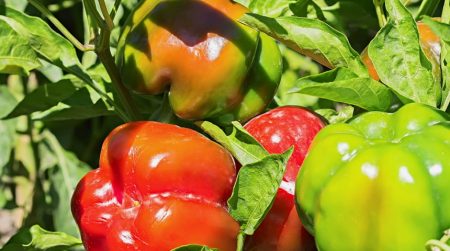
But there are those who attracted the special attention of gardeners, so we will dwell on them.
Content
The best varieties of bell pepper for open ground
Below is a description of the optimal, according to gardeners, crops that have proven that there are no strong problems when growing and give a decent harvest.
- The ultra early Italian variety is Asti. It is notable for its massiveness and neatness of the bush, which does not exceed 75 cm. These peppers are planted at the end of May for three weeks, and sown since the end of winter. The variety perfectly resists diseases, and the fruits ripen all together with a yield of about 9 kilograms per square meter. Peppers weigh up to a quarter kilogram, are smooth and uniform. Their shape is similar to a cube, fruits - with thick walls and lots of seeds, with an attractive taste and aroma. Distinguish between yellow and red types of "Asti".
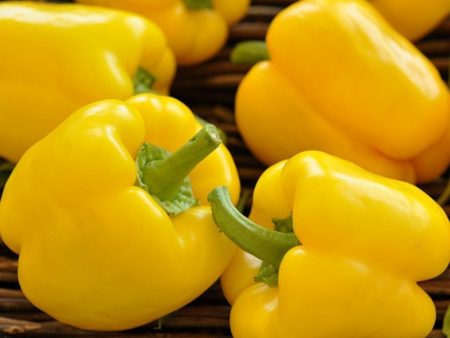
- The mid-ripening Arap variety deserves attention. It ripens in 4 months or a little more after the first seed germination. The bush is distinguished by its average size - about 70-80 cm, resistance to variable weather, viral and fungal diseases. When growing in the first spring month, it is important not to forget about proper watering and top dressing. The fruits themselves are not more than 100 grams, red-violet color in the form of a cone. Peppers have a thin and strong peel, soft and sweet flesh. The yield of the variety is 7 kilograms per square meter, but care should be caring and painstaking.
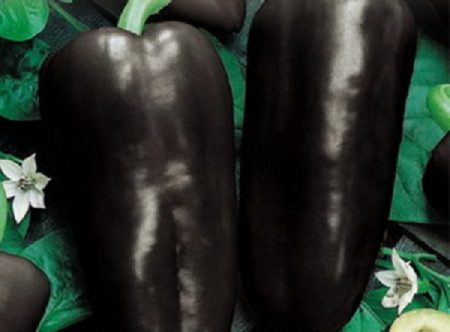
- In the protected ground, the Antikvar is considered a variety with a good harvest. It is early, while bearing fruit for a long time. Antikvar is known for its middle affinity and growth to one and a half meters. The fruits are sweet and juicy, the shape of a prism weighing up to 270 grams, glossy red. The walls are thick, 8 mm, immunity to tobacco mosaic is very good, it is important to form a bush that requires garter, in 2-3 stems.
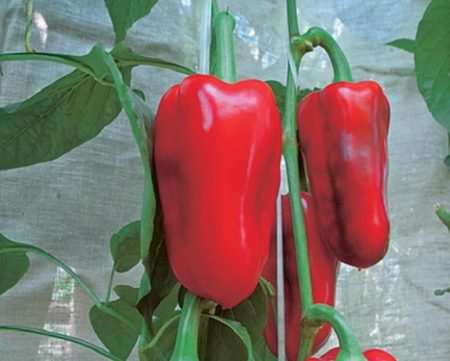
- The mid-sized Annushka has a very compact look. This is an early variety, the first fruits of which are harvested a little more than 3 months after seed germination. Fruits weighing up to 170 grams have a prism shape, in color - red. The variety perfectly resists diseases, gives up to 10 kg of the crop.
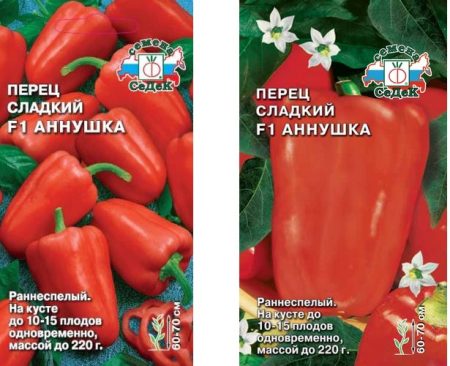
- Especially for the middle lane, an early-ripening Boyar was bred. It can grow both in open ground and in a greenhouse. The variety has resistance to temperature changes and fusarium. We can talk about the average growth and the neat appearance of the bush, which does not grow above 75 cm. The fruits weigh about 160 grams, have a red color and the shape of a cone. The pepper has a very sweet flesh, thick walls, and a square meter gives about 6 kilograms of fruit during the summer period.
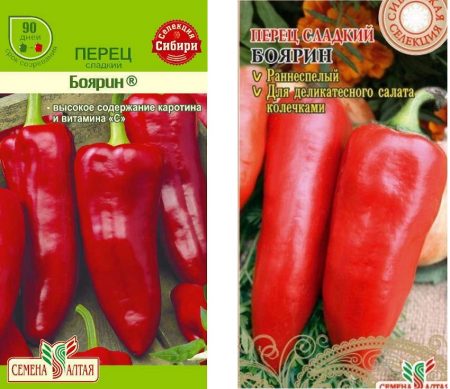
- “Vesuvius” also belongs to early good varieties, between the occurrence of seedlings and the ripening of the fruits of which 4 months pass. The bush is powerful, not afraid of temperature extremes and soil moisture, very rarely susceptible to disease.The fruits themselves weigh up to 160 grams with thick walls, shiny skin, juicy pulp and rich aroma. Like Boyar, this variety involves harvesting from a square meter to 6 kilos.

- The ultra-early variety and prolonged fruiting time are distinguished by “Kind”. Three months later, and even less after the sprouts have ascended, the crop is harvested. This vegetable does not stretch more than a meter, is powerful enough and at the same time compact. It tolerates temperature extremes and has excellent resistance to viruses and fungi. The fruits are spherical in appearance, with thick walls, slightly compressed, weighing up to 110 grams. The pulp is juicy, with no bitterness. Per square meter accounts for from 7 to 14 kg of crop.
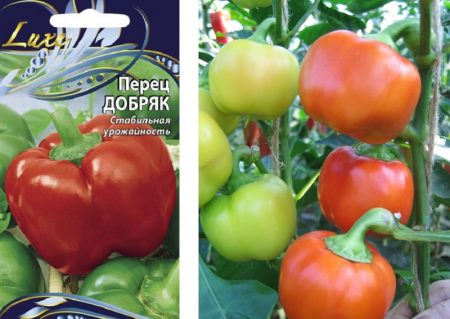
- Another favorite for open ground is Emelya. This is an early variety. The bush is compact and not more than a meter high. It has excellent immunity to negative manifestations. Fruits of a cylindrical shape, orange in color, with a shiny and dense skin and juicy pulp. Collect an average of 9 kilograms of peppers.
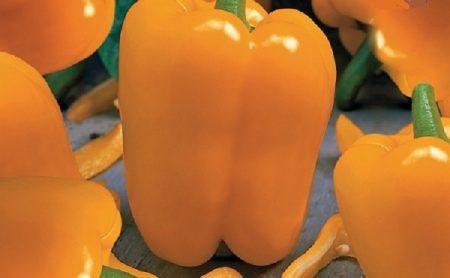
Greenhouse peppers of central Russia
With each season, breeders of Russia and from abroad delight gardeners with pepper novelties for greenhouses. Among them are many hybrids, which are distinguished by early germination, resistance to weather difficulties and abundant harvest of fruits.
Experts advise taking the varieties listed below for the greenhouse:
- The mid-ripe hybrid is Blondi, whose growing season is about 110 days, and its height is 90 cm. The fruit has a prismatic shape, and the hue when ripe is yellow. Each pepper weighs approximately 140 grams, and wall thickness - up to 7 mm. A distinctive feature of the hybrid is resistance to acidic soil, drought, high temperatures and humidity. Juicy and dense pepper gives 8 kilograms from one bush.
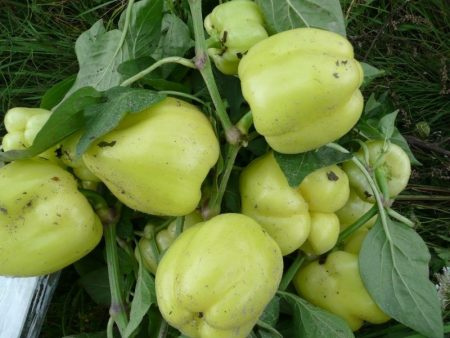
- Highly rated Goodwin hybrid. It is noted for high growth, early maturity and high yield. In the greenhouse, the bush sometimes reaches a height of more than two meters, so it requires backups and garters. This is a moisture-loving variety that needs to be abundantly and regularly watered. The vegetation period of Goodwin is a little more than 110 days. The color of the peppers is red or dark green, with the shape of a prism, weighing 220-250 grams each. The walls are thick, about 10 mm. If properly looked after, the culture will present from the bush about a dozen juicy peppers.
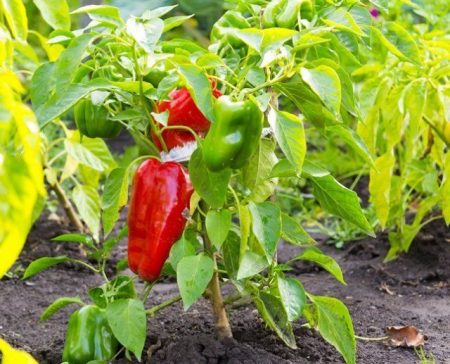
- The undersized “Cardinal” also has an early ripening period: already on the 90th day after the initial seed growth, the crop is harvested. Despite the height - no more than 60 cm, one and a half dozen fruits are sometimes harvested per square meter. The latter have a flat surface and a cuboid shape. The skin is light purple, smooth and glossy. On average, this vegetable weighs a quarter kilogram. Pepper requires regular replenishment with minerals and organics, has good immunity to fungal and putrefactive problems.
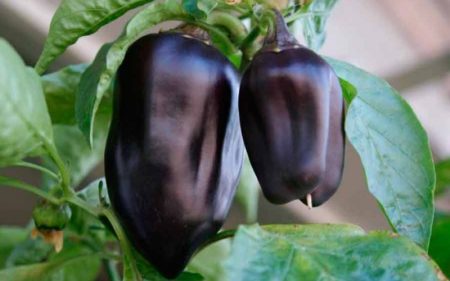
- Another early-ripe hybrid is Latino. The variety has an attractive appearance, optimal taste. Fruits - a beautiful red color, the shape of a regular cube, weighing about 220 grams, the wall thickness of the fruit is 1 cm. The hybrid is popular for its powerful stem and strong root system. It is well resistant to temperature surges and infections. And when collecting peppers, you get up to 10 kilograms of juicy fruits.
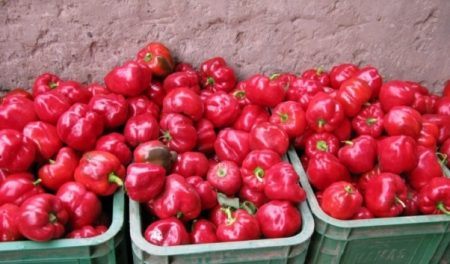
About the rules of planting and growing pepper in Central Russia
In the described region, pepper can only be grown with seedlings. It acquires a permanent place when it is less than 70 days old, and two weeks pass between seedlings and sowing. Therefore, when planning the planting of pepper in early June, it should be sown in the first half of March.
With pepper, there is always the risk of losing freshness of seeds and an unsuccessful shoot. For this:
- treat seeds with nutrients;
- disinfect;
- soaked;
- temper;
- sparging.
Among these methods, only a couple close to you is used, otherwise the desired result can be ruined.
For seedlings, it is good to prepare a nutritious mixture of peat, humus, turf land and river sand. It requires the presence of about half of the organic substances. The composition is recommended to be steamed, or treated with hot water with the addition of potassium permanganate. Fertilizer is relevant after disinfection of the substrate.
Sowing occurs at a centimeter depth. The containers until the seedlings are present are placed in a warm place, and then placed in a place with coolness and light to prevent the seedlings from stretching. After a seven-day break, the sprouts return to their original place.
When two strong leaves appear, the seedlings should be picked.
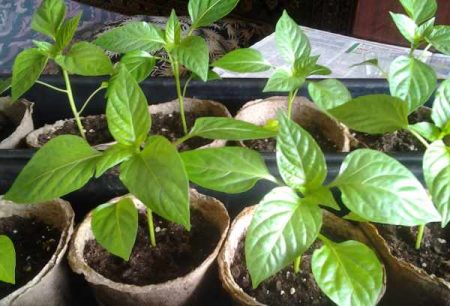
A solution of complex fertilizers is good for fertilizing the culture, which includes trace elements, and not organics, to prevent the development of the aerial part of the vegetable. And water and solutions must certainly be warm, at least 30 degrees.
Seedlings appear in greenhouses in mid-May. It is abundantly watered and cleaned in the shade for 2 days. Do not forget about lowering the humidity and lowering the temperature with regular ventilation for the best ovaries.
Then the plants are fed with complex fertilizers every 14 or 21 days, and also regularly watered with warm water. Three or four times in the summer the soil is loosened and spudded, or the soil mixture is sprinkled under the root of the plants.
Peppers are removed as they become available. The regularity of the process is the best formation of ovaries and ripening of the remaining crop.
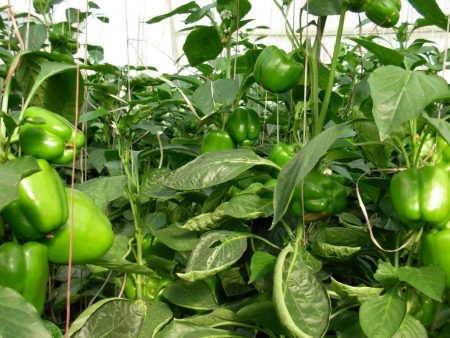
Reviews about the best peppers of the middle strip
Among so many varieties for outdoor and indoor cultivation, gardeners find those that appealed specifically to their greenhouse or soil.
Julia, 45 years old
I am a big fan of peppers in the garden. Among all the varieties used, I would like to single out “Arapa”, “Kindness” and “Latino”. The latter feels great in the greenhouse. Not all of those that are quoted by experts came up to me, I am on a proven path, but not against something new.
Dmitry and Tatyana, 38 years old
Indeed, for our center, you select the variety of pepper very carefully. We love experiments, even something exotic for our region. I would like to say “thank you” to the breeders that they help us in this. Peppers for open ground celebrate Boyarina. It is really tasty, no diseases, the harvest is plentiful, despite the minimal care and visits only on weekends.
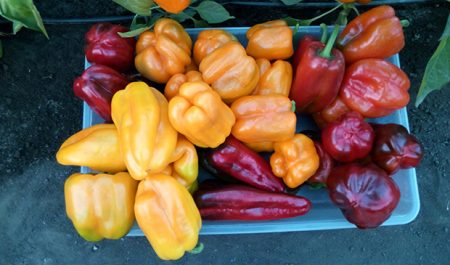
So, for the middle zone of our country, varieties are advised that they will not be demanding on unstable weather in the region and will please a good harvest. With the options described above, this will be much easier. Good luck at the cottage!




 Calorie pepper stuffed with meat and rice - BZHU per 100 grams
Calorie pepper stuffed with meat and rice - BZHU per 100 grams Gorky pepper - the best varieties for open ground
Gorky pepper - the best varieties for open ground Hot pepper seeds - the best varieties for open ground and reviews
Hot pepper seeds - the best varieties for open ground and reviews Capsicum tincture for hair - how to use and reviews
Capsicum tincture for hair - how to use and reviews